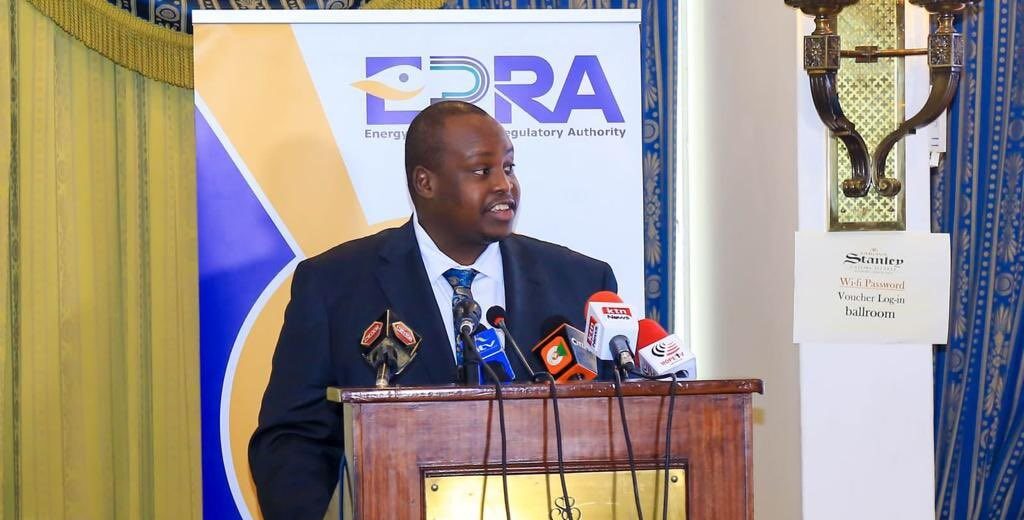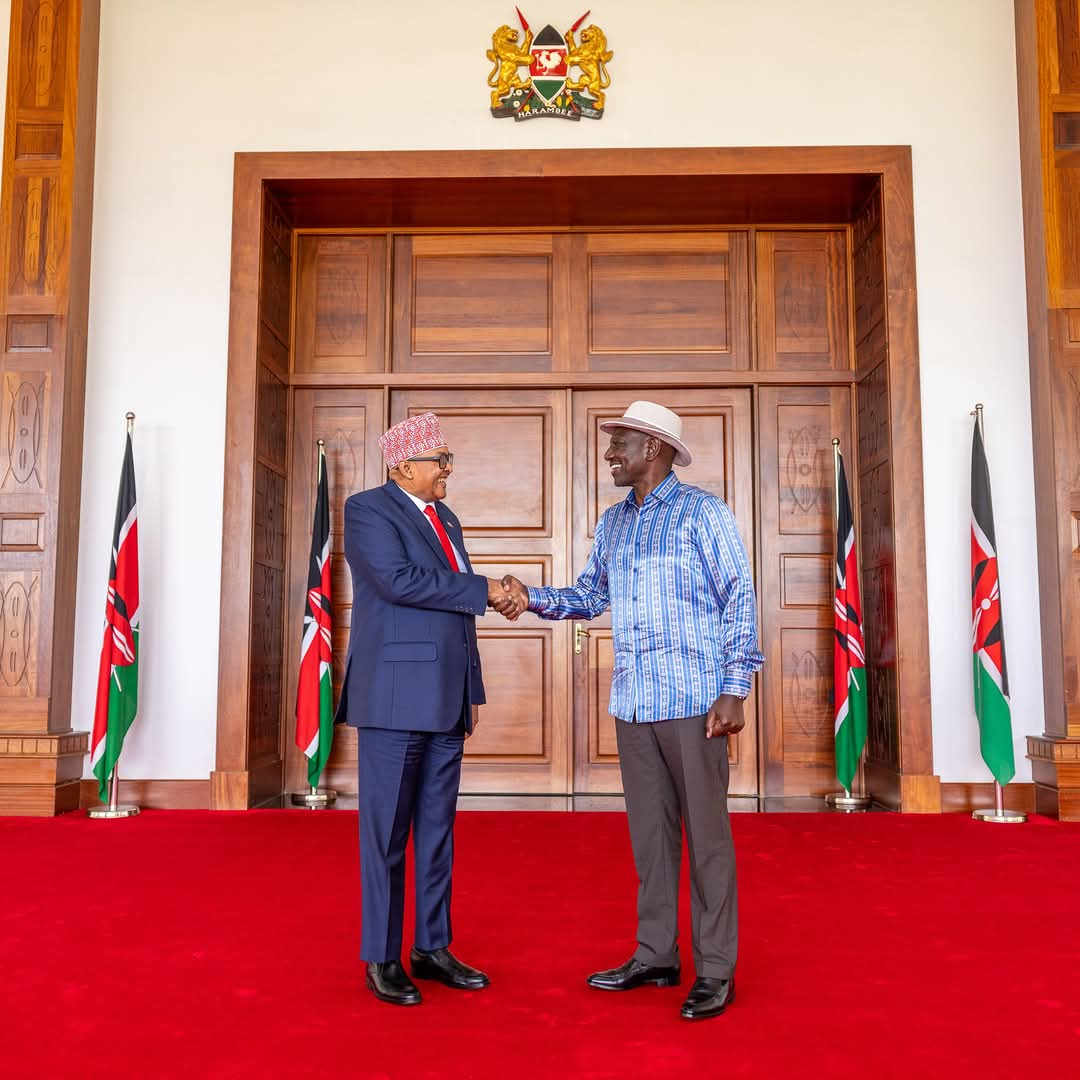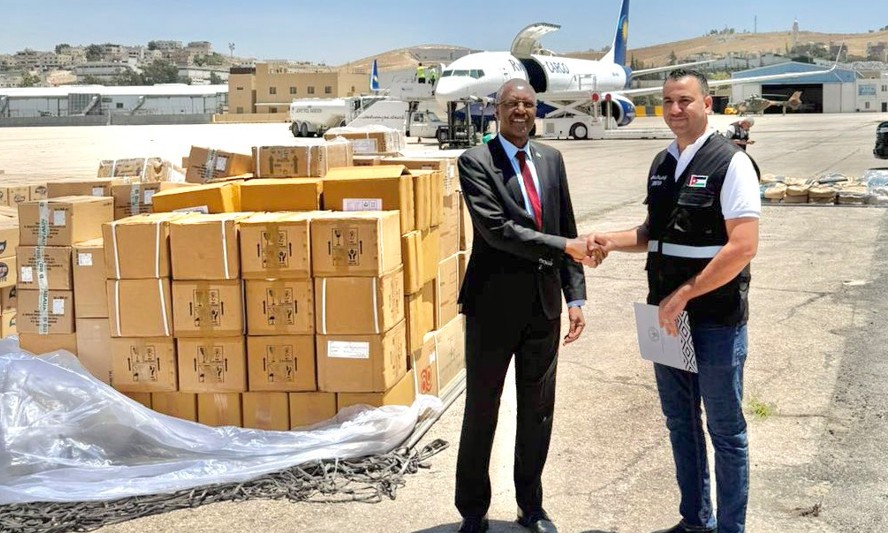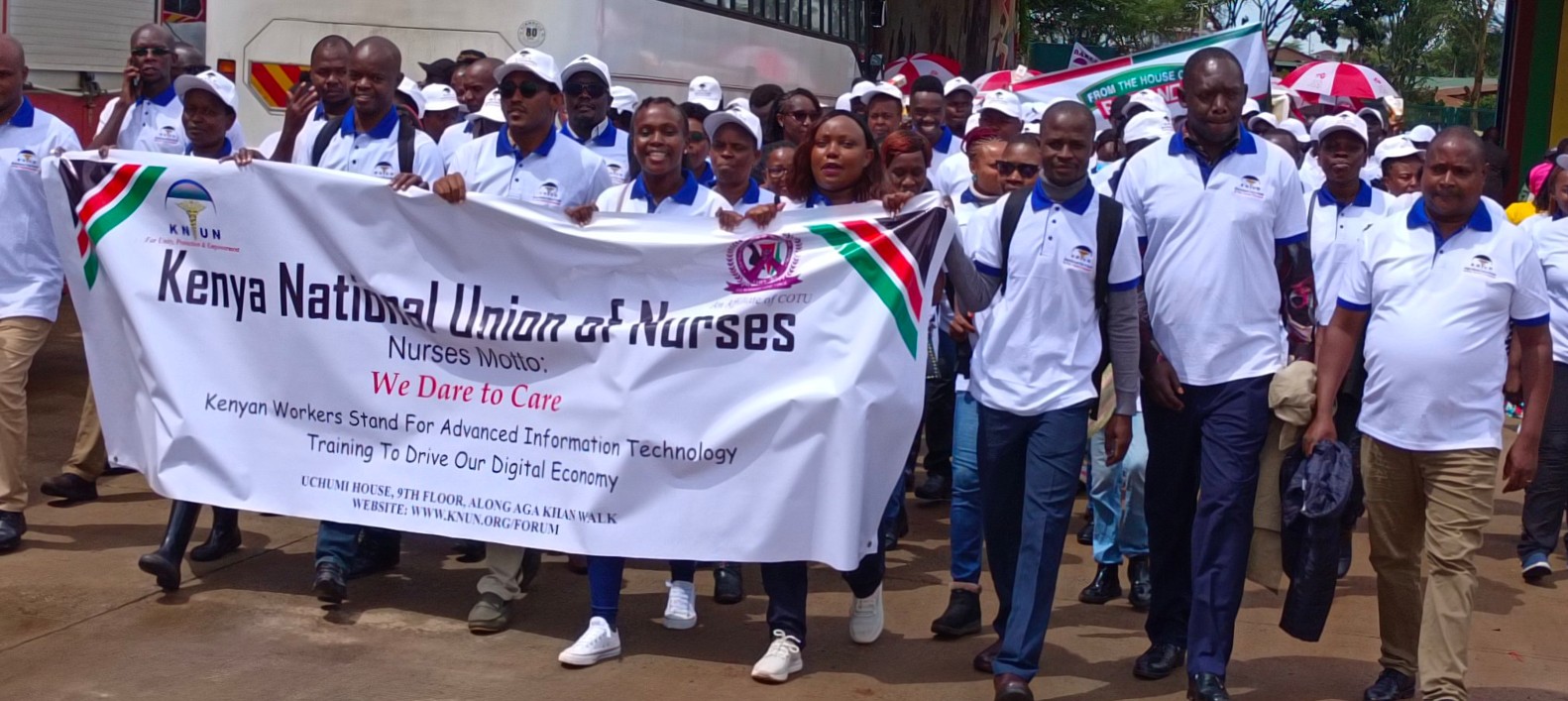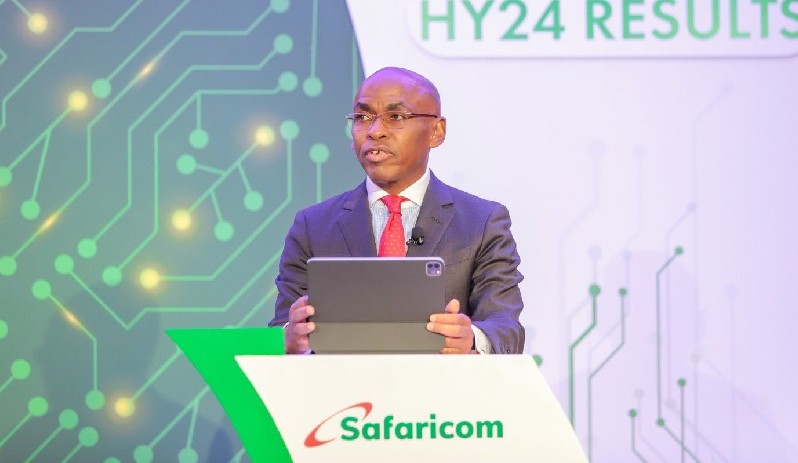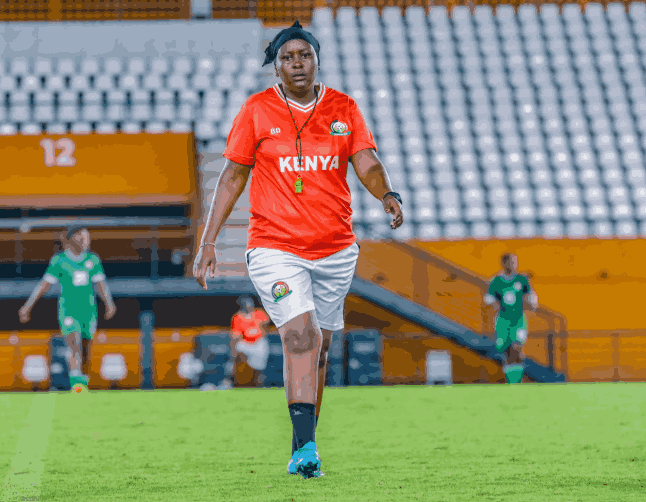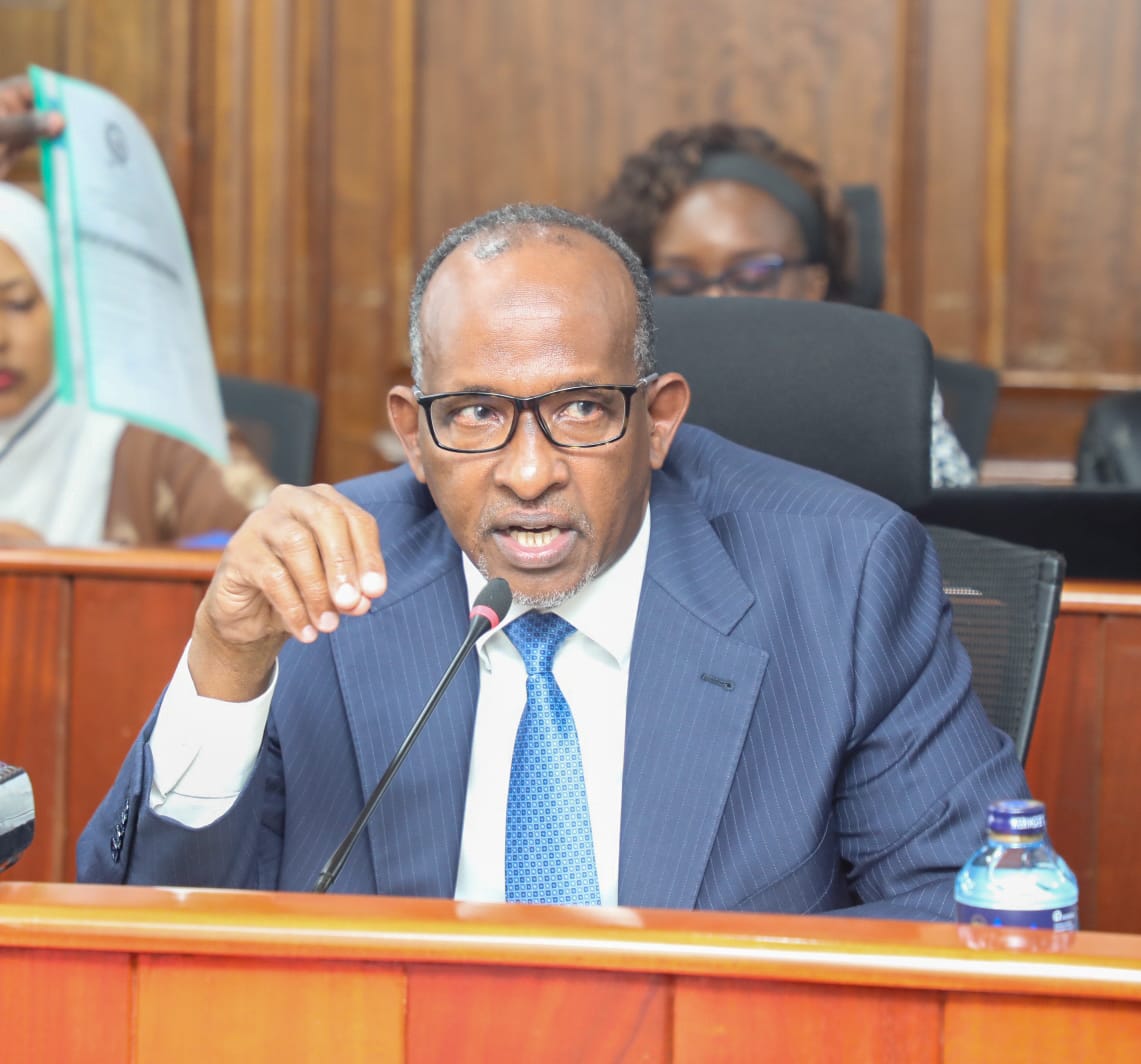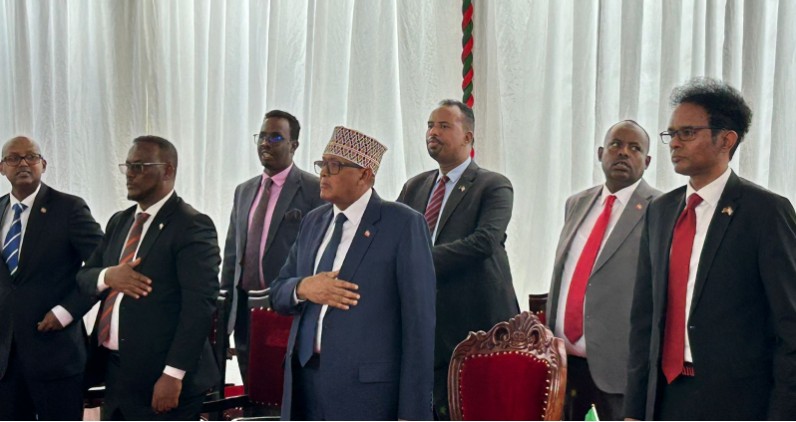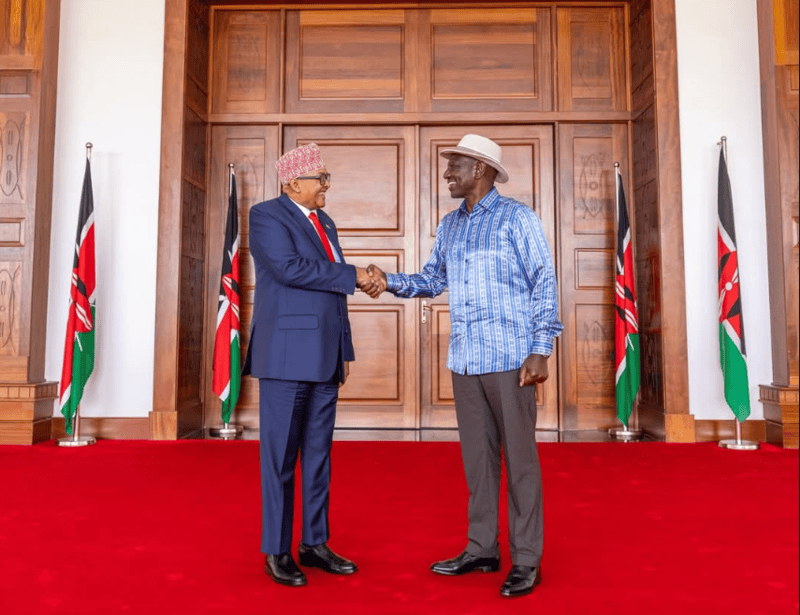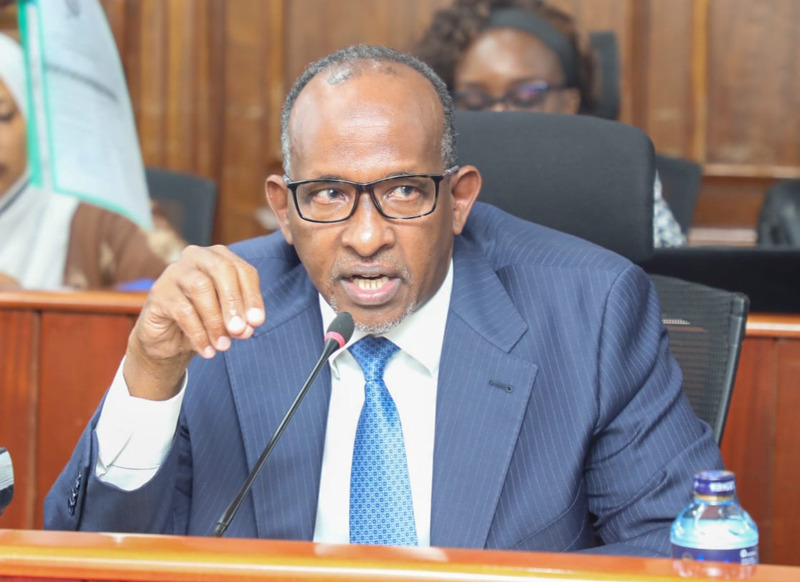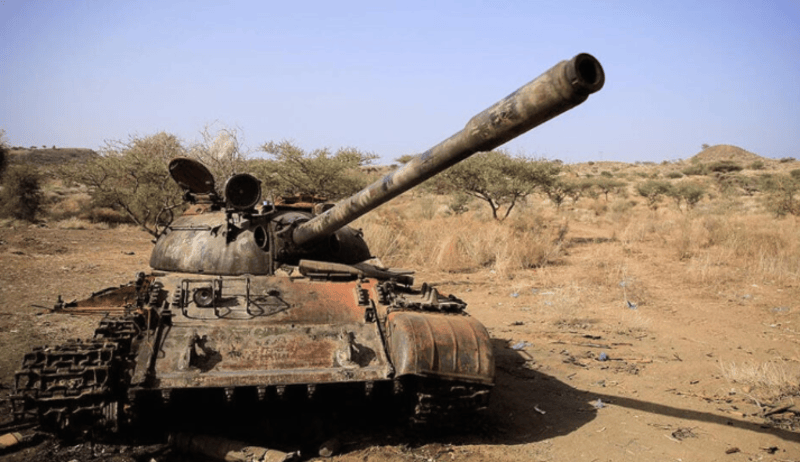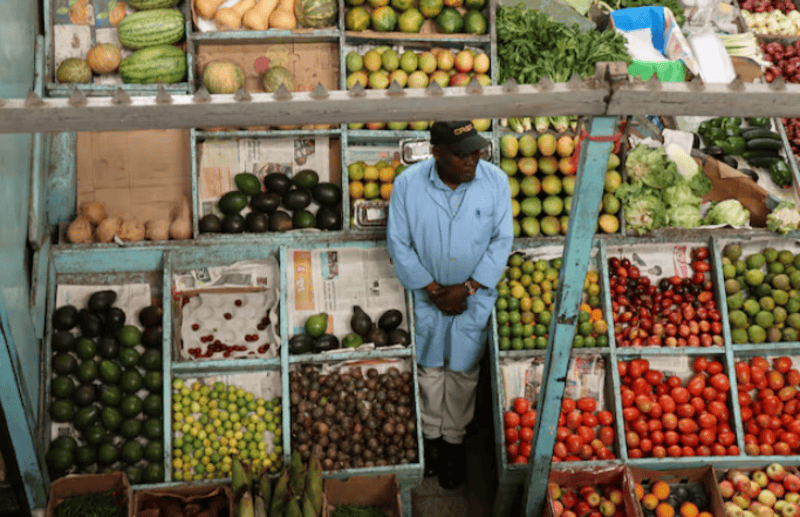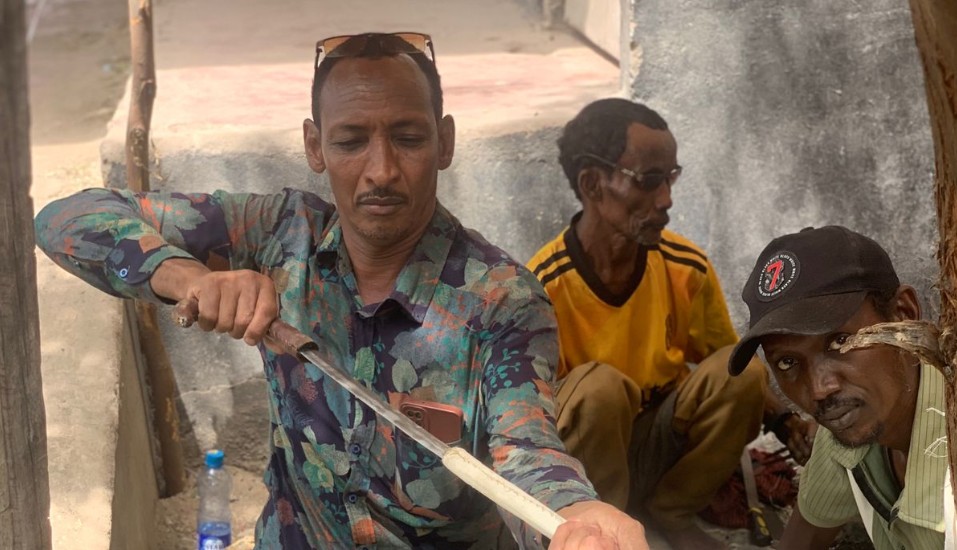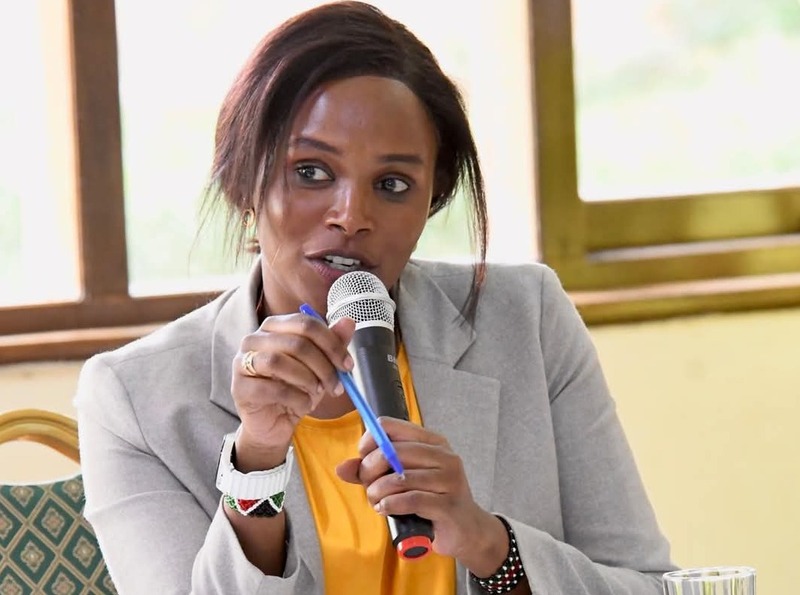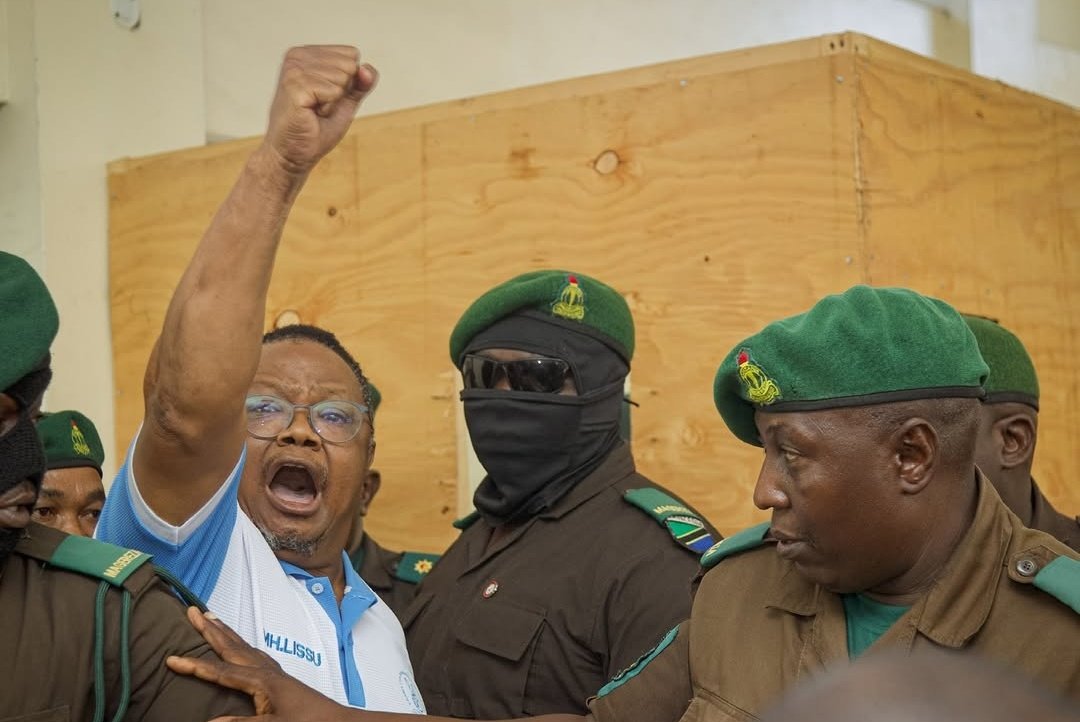Foreign aid cuts imperil millions in East Africa as hunger crisis deepens, World Vision warns
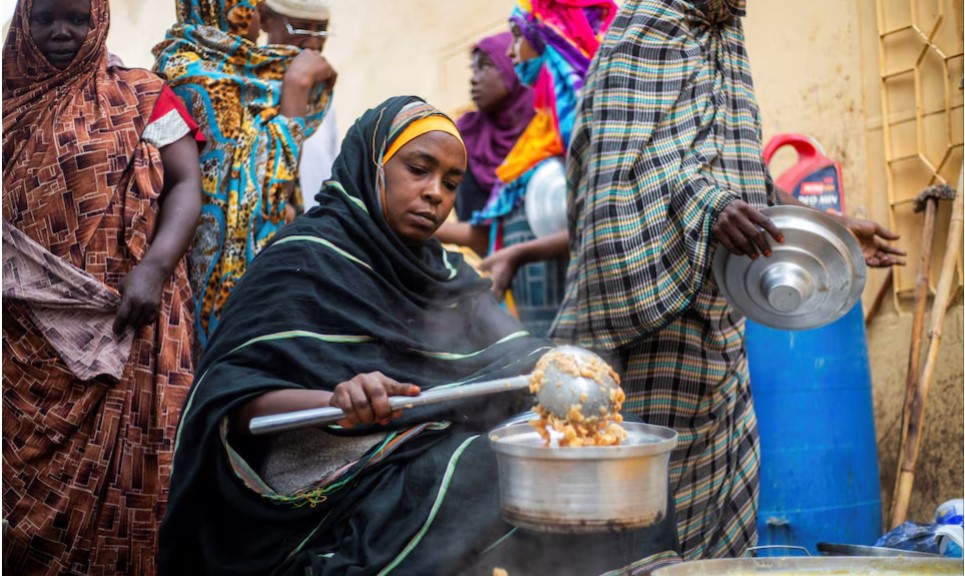
The region is also battling the effects of conflict, as seen in Sudan, where 38.73 per cent of the population is severely hungry and 52.12 per cent moderately hungry.
Over 733 million people globally are living with hunger, and East Africa is among the hardest-hit regions, with 10.2 million people in Ethiopia facing severe food insecurity, 34.5 per cent of Kenya’s population undernourished, and 25.4 per cent of children under five in Uganda stunted due to malnutrition.
International children’s charity World Vision has raised concern that recent foreign aid cuts are now threatening to derail the region’s efforts to end hunger and protect millions of vulnerable children.
More To Read
- Kenya's food crisis deepens as 2.8 million face starvation following poor rains in 2024
- WFP warns 52 million people face severe hunger crisis in West and Central Africa
- Funding shortfall leaves severely malnourished Somali women, children facing death
- Violence, child malnutrition soar by 1,000 per cent as Sudan marks two years of war
- Humanitarian supply route cut in South Sudan, leaving 60,000 malnourished children at risk
- Two years of devastation: Sudan's war leaves nation starving, scattered and silenced
World Vision says the region has been making strong progress through community-based solutions that have improved food security, promoted better nutrition, and built long-term resilience in areas frequently hit by climate shocks and conflict.
But those gains, the organisation warns, are now in jeopardy.
“World Vision’s work in East Africa is vital as factors like climate change and conflict contribute to hunger, malnutrition and food insecurity experienced by so many children,” said Teleri Jardine, Head of Programme Quality at World Vision UK.
“No child should go to bed hungry, and no child’s future should be threatened by malnutrition, which is why World Vision is committed to its ongoing work across East Africa to partner with communities to address not only immediate concerns, but long-term solutions. This will help build resilience for the future, but this cannot be done if international aid continues to be deprioritised on the global stage.”
Across East Africa, hunger and malnutrition have been worsened by climate change, with droughts, floods, and heatwaves disrupting farming and raising food prices.
The region is also battling the effects of conflict, as seen in Sudan, where 38.73 per cent of the population is severely hungry and 52.12 per cent moderately hungry.
World Vision is active in Sudan and neighbouring countries like Chad, Ethiopia, South Sudan, and Uganda, providing food, water, nutrition education, and health services.
In Ethiopia, World Vision’s Farmer Managed Natural Regeneration initiative has restored over 3,000 hectares of farmland.
The project has improved the availability of grass for livestock, firewood, and water sources, and has helped reduce flooding and erosion, boosting livelihoods in local communities.
In Kenya, 14-year-old Faith shared how her family’s life changed.
“My mum used to struggle a lot in meeting our basic needs. After the training that she got from World Vision, she came and started a kitchen garden, which we assisted in setting up. She planted vegetables and sweet potatoes. She gets money from it, we now get what we need.”
In Tanzania, nine-year-old Peles and her village are now enjoying fish as a new food source. Before World Vision’s intervention, children in her community lacked such vital nutrition options.
World Vision also continues to strengthen healthcare systems, especially in Sudan, where in 2024 the organisation trained 737 community health workers who reached 11,400 children under five.
It also formed 397 Nutrition Mother Care Groups that supported 4,600 pregnant and lactating women and trained 386 midwives who assisted in the clean birthing of 3,850 babies.
While communities have embraced long-term solutions, World Vision insists that cutting aid now will disrupt services that many depend on for survival.
The organisation fears that the global goal of ending hunger by 2030 is now under threat.
Top Stories Today
